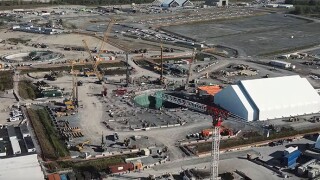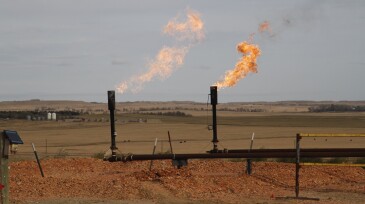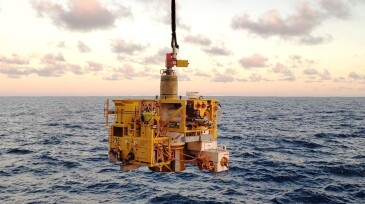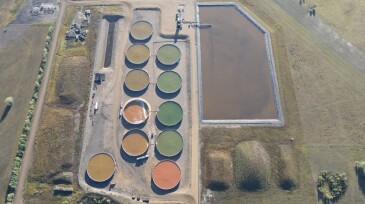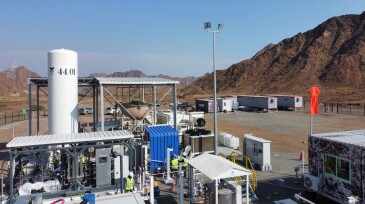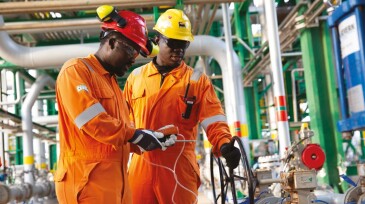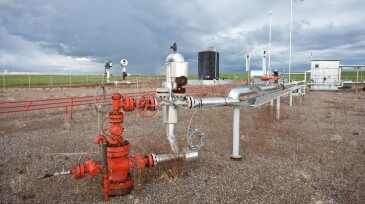HSE & Sustainability
Growing energy transition investment highlights oil and gas technologies as key enablers.
EERC CEO Charles Gorecki outlines how applied research in North Dakota is helping improve oil recovery, reduce emissions, and advance carbon storage.
2025 has seen an 81% year-on-year rise in the number of small modular reactor (SMR) designs to have secured at least one source of funding or a funding commitment.
-
Absolute Greenhouse Gas Emissions From Canadian Oil Sands Near Flat in 2023, Even as Production GrewAnalysis by S&P shows that the annual growth in absolute emissions was less than 1% for the third consecutive year.
-
As the initiative expands to include Oil India Limited, PetroChina, and Vår Energi, it identifies a need for standardized methodologies to enhance data quality and consistency.
-
This paper reviews decommissioning and abandonment in Nigeria, looks at candidate identification strategies, breaks down the methods and best practices involved, and examines the requirements for openhole and cased-hole abandonment.
-
Operator also announces plans to deploy continuous, real-time detection equipment at all its operated upstream sites, including GranMorgu, by the end of 2025.
-
A comprehensive, digitized water-management application has been designed to streamline and enhance the monitoring and management of water resources used in hydraulic fracturing.
-
The rule, part of the Inflation Reduction Act established by Congress, allows the Environmental Protection Agency to charge large emitters of methane if they surpass specific levels.
-
With emissions mineralization established as a proven approach, the companies’ next objective is to move the underlying technology toward commercial success.
-
The report details the company’s actions to reduce methane emissions across its operations.
-
The US Department of Energy presented the loan to LongPath Technologies to support the buildout of a high-frequency methane emissions monitoring network in US oil and gas production basins.
-
The sheets are intended to allow spill responders to quickly find information on the physicochemical properties of the fuel or product, appropriate response and clean up options, and potential effects on responder health, the environment, and marine life.



